When buyers scroll through property listings, photos are often their very first impression, and first impressions matter more than most sellers realize. A well-presented photo can spark excitement and encourage a showing, while a poorly executed one can stop interest in its tracks. Many buyers decide within seconds whether a home feels inviting or worth considering, simply based on its images. That is why listing photos are not just snapshots but powerful tools that shape how a property is perceived. From cluttered rooms to awkward angles, small mistakes can unintentionally highlight the wrong details and overshadow the true potential of a home. By being mindful of what buyers see and sometimes do not want to see, sellers and agents can create images that capture attention and build trust. Below are some of the most common photo mistakes that can cause buyers to move on to the next listing.
1. Dark and Poor Lighting
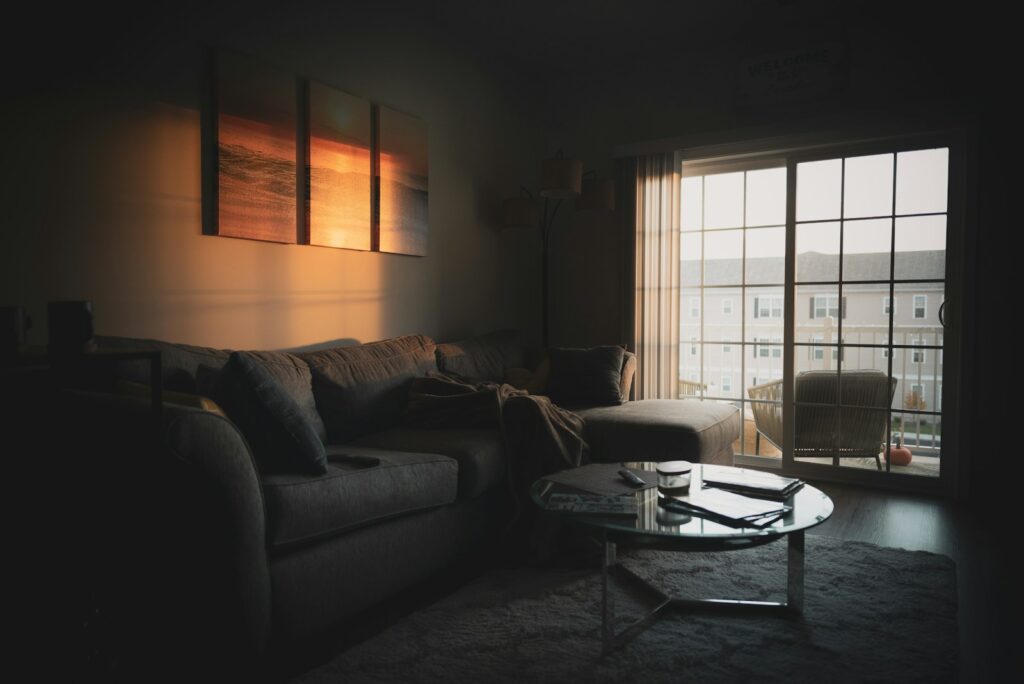
Lighting can make or break a photo, and dark images often make a space appear smaller, less inviting, and even outdated. Buyers want to see the full potential of a room, and shadows or dull lighting prevent them from appreciating its features. Natural light is ideal, but when that is not possible, well-placed lamps and overhead lights can make a dramatic difference. Professional photographers often shoot during the day when sunlight enhances every corner, giving the home a warm and open feel. If photos appear gloomy, buyers may assume the property itself lacks brightness and charm.
2. Cluttered Spaces
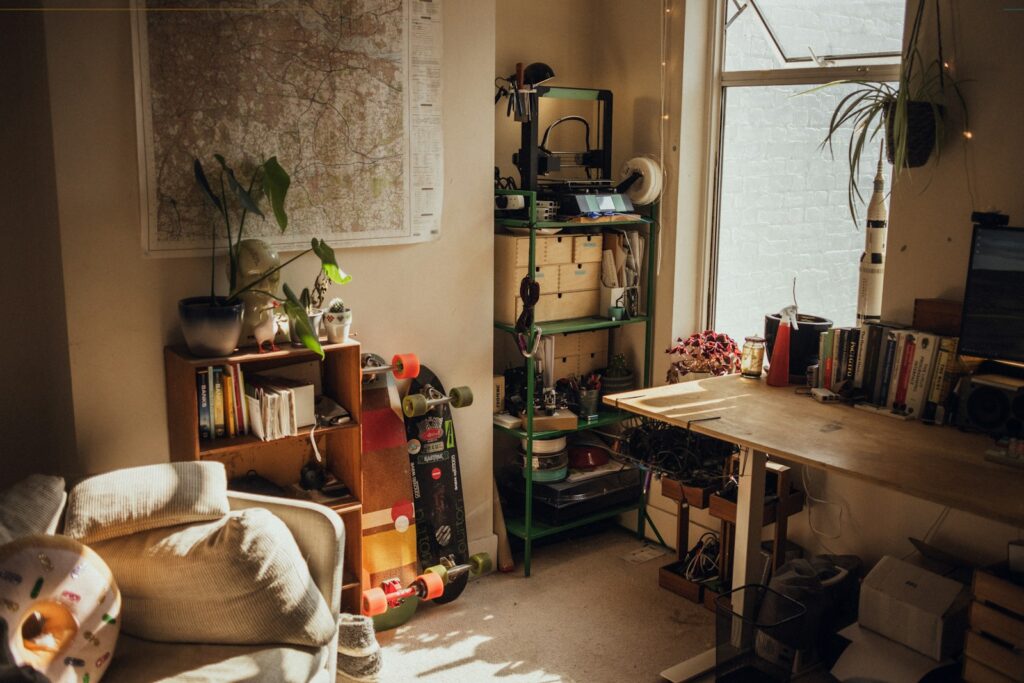
Too much clutter in listing photos distracts from the actual features of the home. Buyers want to envision themselves in the property, but piles of belongings or messy shelves make that difficult. A cluttered room can also give the impression that the home has limited storage, which is often a major concern. Before photos are taken, it helps to declutter countertops, pack away personal items, and create a cleaner, more spacious look. Simple staging techniques, such as a few decorative touches, can highlight the space without overwhelming the viewer. Clean photos always make a stronger impression.
3. Crooked or Awkward Angles
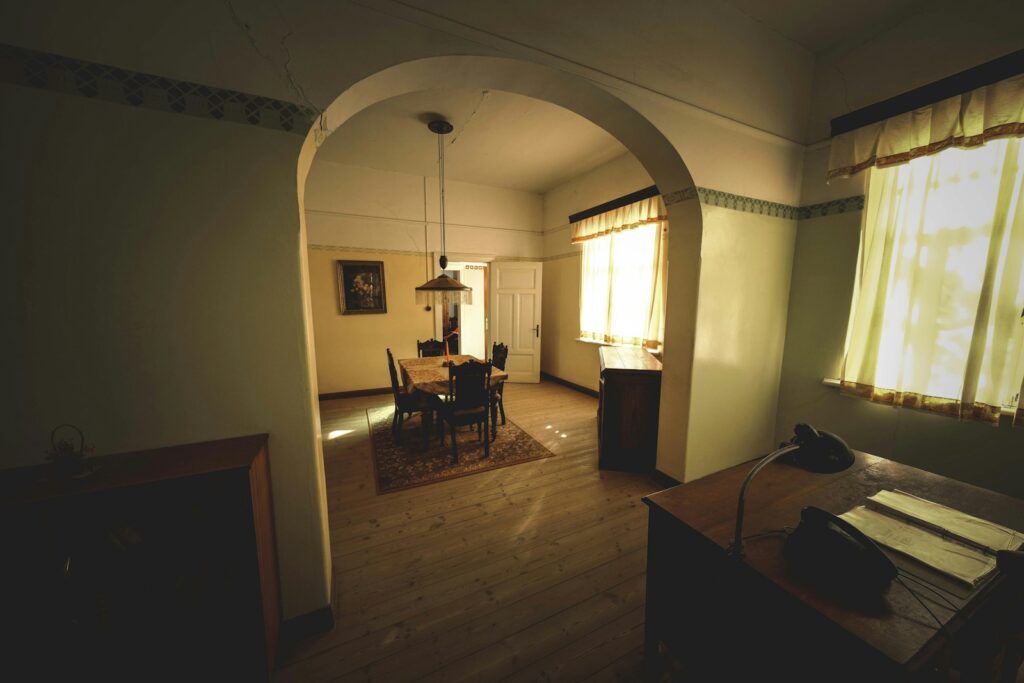
Photos taken at strange or tilted angles can make rooms appear distorted and difficult to understand. Buyers rely on photos to get a sense of layout, flow, and scale, but crooked images make them question the accuracy of what they are seeing. This often leads to confusion about how large or functional a space really is. Straight, eye-level shots usually create the most natural representation, while wide-angle lenses can help capture more of the room without exaggerating proportions. Clear, balanced photos make the home feel approachable and trustworthy, encouraging buyers to schedule a visit.
4. Outdated Décor or Furniture
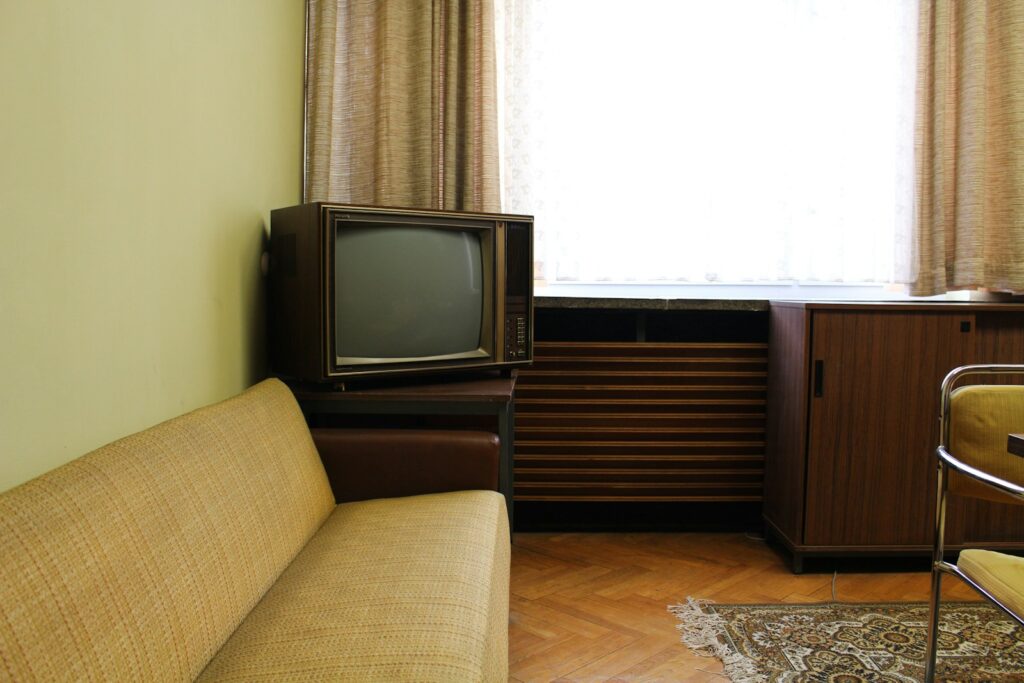
Even if the home itself is in good condition, outdated décor or furniture can instantly turn buyers away. Bold wallpaper, old-fashioned curtains, or worn-out couches in listing photos may distract from the property’s true potential. Buyers often have a hard time looking past what is directly in front of them, which means modern and neutral staging works best. Clean lines, light colors, and minimal furniture can highlight the space instead of overshadowing it. If staging is not possible, simple updates like removing heavy drapes or clearing bulky furniture can make photos more appealing and less dated.
5. Visible Personal Items

Personal items such as family photos, children’s toys, or bathroom essentials can make buyers feel like they are intruding rather than touring a potential future home. Listing photos should allow buyers to imagine themselves in the space, and that becomes harder when they see reminders of the current owners everywhere. Removing personal touches creates a more neutral environment that appeals to a wider audience. Neutral spaces feel fresh, inviting, and open to interpretation. Even small details like removing magnets from a refrigerator or putting away toiletries can make the photos appear polished and professional.
6. Pets and Pet Items

While pets are beloved family members, not all buyers feel the same way. Seeing animals in listing photos or noticing pet bowls, litter boxes, and toys can instantly raise concerns about odors or hidden damage. Even the cleanest home can give the impression of wear and tear if pet items are visible. For photos, it is best to remove all evidence of pets and stage the space as neutral as possible. Buyers should be able to picture the home without distractions. Clean, pet-free photos help reassure buyers that the property is well-maintained and cared for.
7. Overuse of Filters or Editing
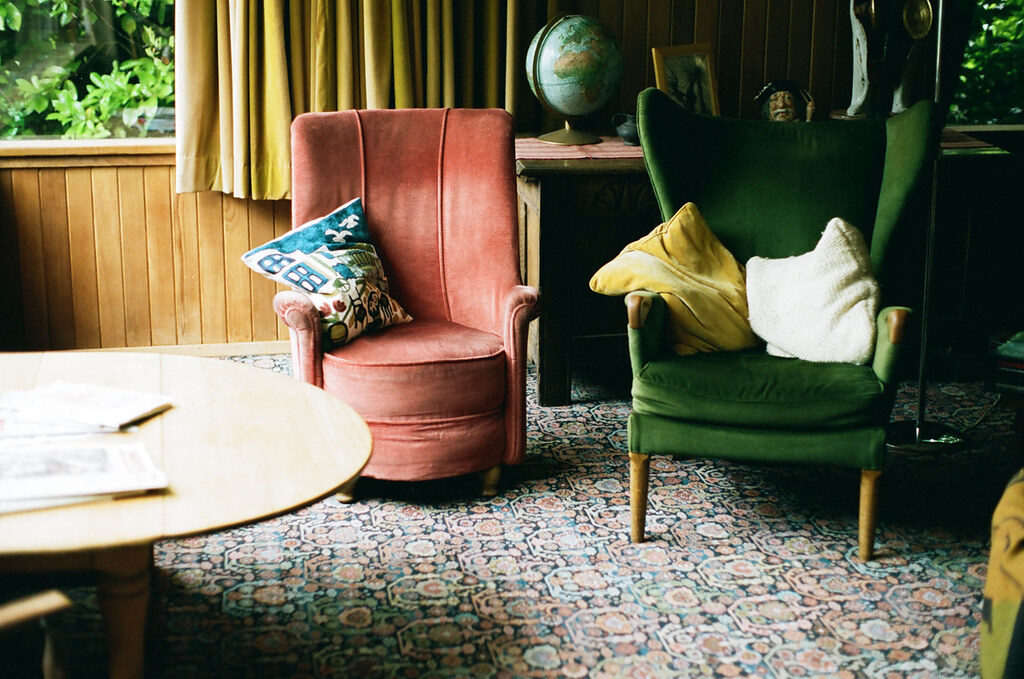
Some editing can enhance listing photos, but overdoing it creates unrealistic expectations that lead to disappointment during in-person showings. Filters that make walls brighter than they are or skies unnaturally blue may grab attention online, but they can also damage trust if the home looks completely different in reality. Buyers want accurate and authentic representations, not overly polished images that feel misleading. Simple touch-ups like adjusting brightness, cropping, and sharpening are fine, but heavy editing should be avoided. Honest photos build credibility, which is essential for creating genuine buyer interest and confidence in the listing.
8. Unmade Beds or Messy Rooms
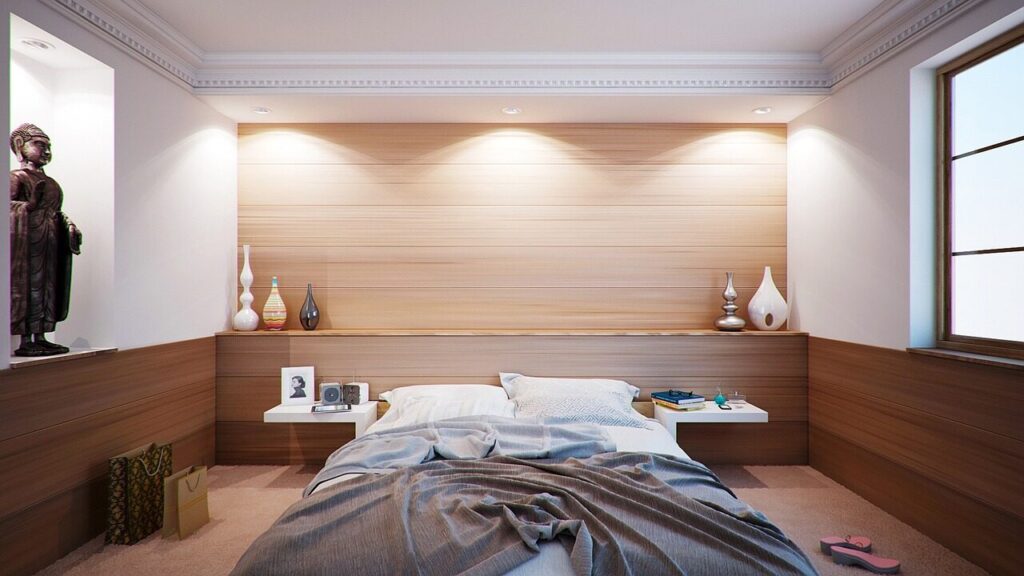
Nothing makes a home look uninviting faster than photos of messy or unmade spaces. A wrinkled bedspread or scattered laundry instantly creates the impression of neglect, even if the home is otherwise well-maintained. Buyers are quick to judge, and messy photos suggest that the property may not have been cared for properly. Taking the time to straighten bedding, organize shelves, and tidy up before photos can dramatically improve the overall presentation. A clean, well-kept environment helps buyers imagine themselves living there comfortably and makes the listing far more attractive from the start.
9. Too Many Close-Ups
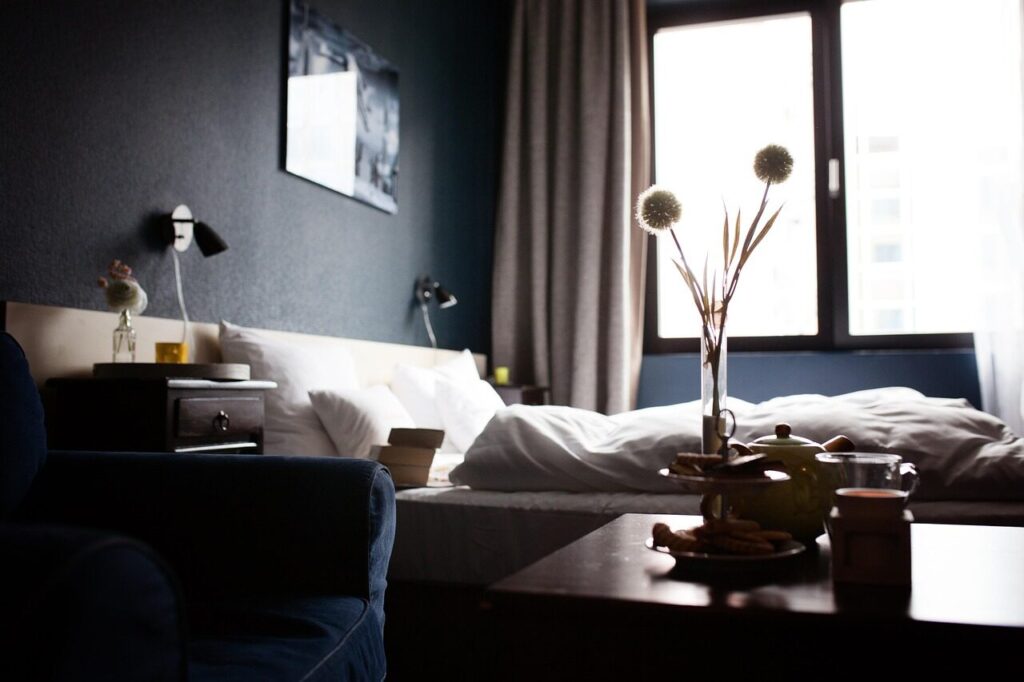
While detail shots can highlight special features, too many close-ups can overwhelm buyers and leave them without a clear sense of the property’s layout. Close-ups of faucets, handles, or décor might look artistic, but they do not provide useful information. Buyers need wide shots of entire rooms to understand flow and scale. Without them, the listing feels incomplete and unhelpful. A few detailed shots are fine when they add value, such as showing custom finishes or high-end appliances, but the majority should showcase rooms clearly. Balance is key when deciding which images to include.
10. Overcrowded Collages
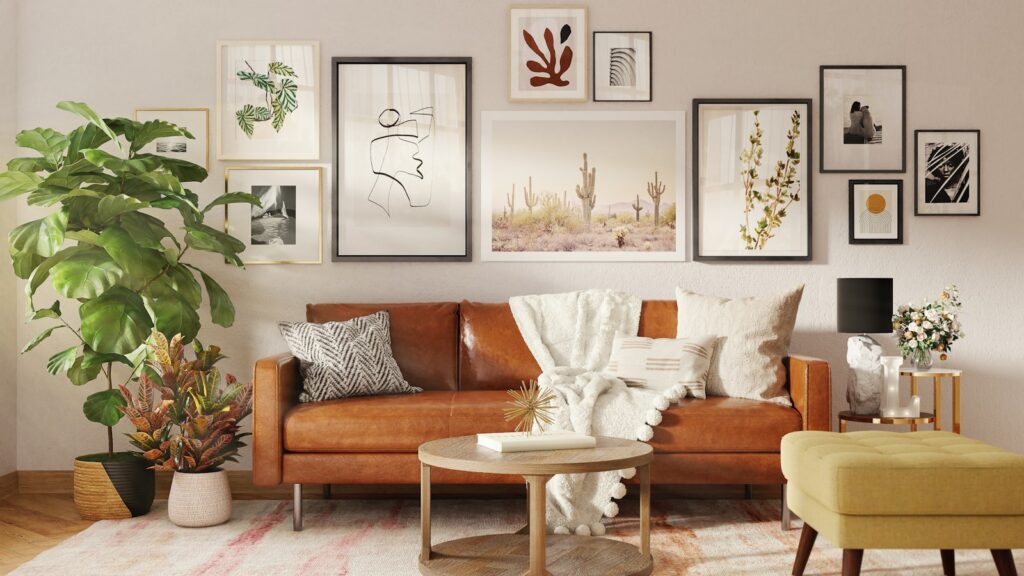
Some sellers try to include too many images in a single photo collage, but this often backfires. Overcrowded collages appear messy and make it hard for buyers to focus on the details that matter. Instead of noticing the home’s best features, viewers feel overwhelmed and confused. Collages also shrink individual images, reducing clarity and making rooms harder to see. Uploading separate photos that highlight one space at a time creates a cleaner presentation. This approach allows buyers to explore the property at their own pace and appreciate its layout and unique qualities without distractions.
11. Ignoring Curb Appeal

First impressions often begin with the exterior, and poor outdoor photos can turn buyers away before they even see the inside. A messy yard, overgrown plants, or a cluttered driveway creates a negative image that overshadows the rest of the property. Even a beautiful interior may not be enough to overcome a poor first impression. Outdoor photos should highlight curb appeal by showcasing a tidy lawn, clean walkways, and well-maintained exteriors. Simple steps like trimming bushes, sweeping pathways, and removing garbage bins can make the property look more inviting and appealing right from the start.
12. Empty and Cold-Looking Rooms
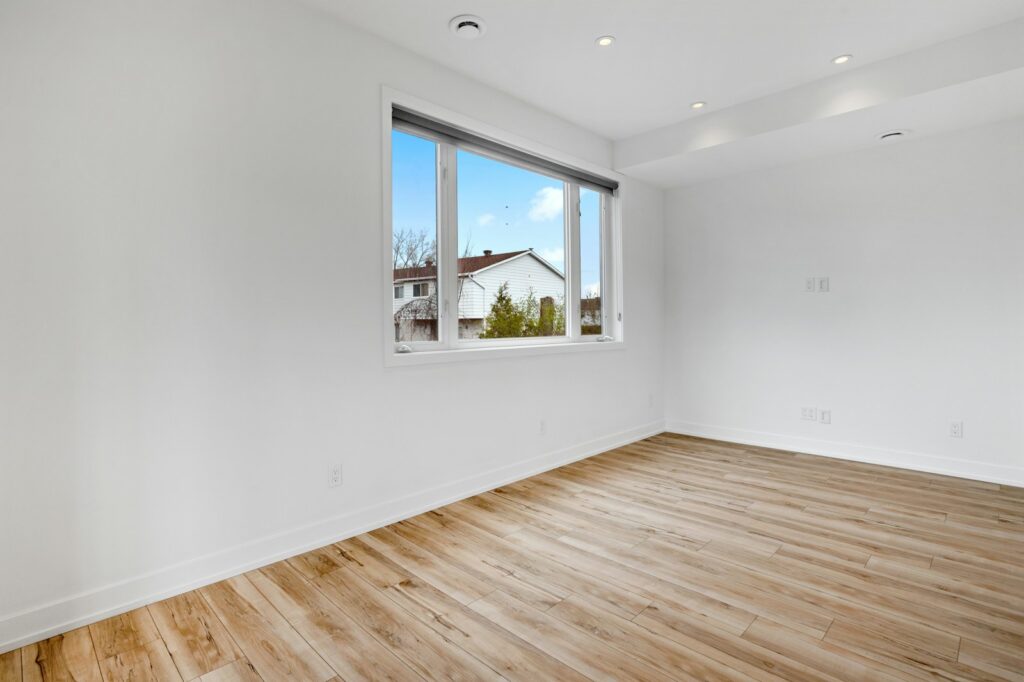
While clutter can be distracting, completely empty rooms often feel cold, unwelcoming, and difficult to imagine as livable spaces. Buyers struggle to visualize furniture placement or room function without some form of staging. Even minimal staging, such as a couch, rug, or dining table, helps create warmth and context. Empty rooms may also look smaller in photos than they are in reality. Adding just a few key pieces makes spaces appear more inviting and allows buyers to better connect emotionally with the property. Staging does not need to be elaborate to make a strong difference.
13. Seasonal or Holiday Decorations
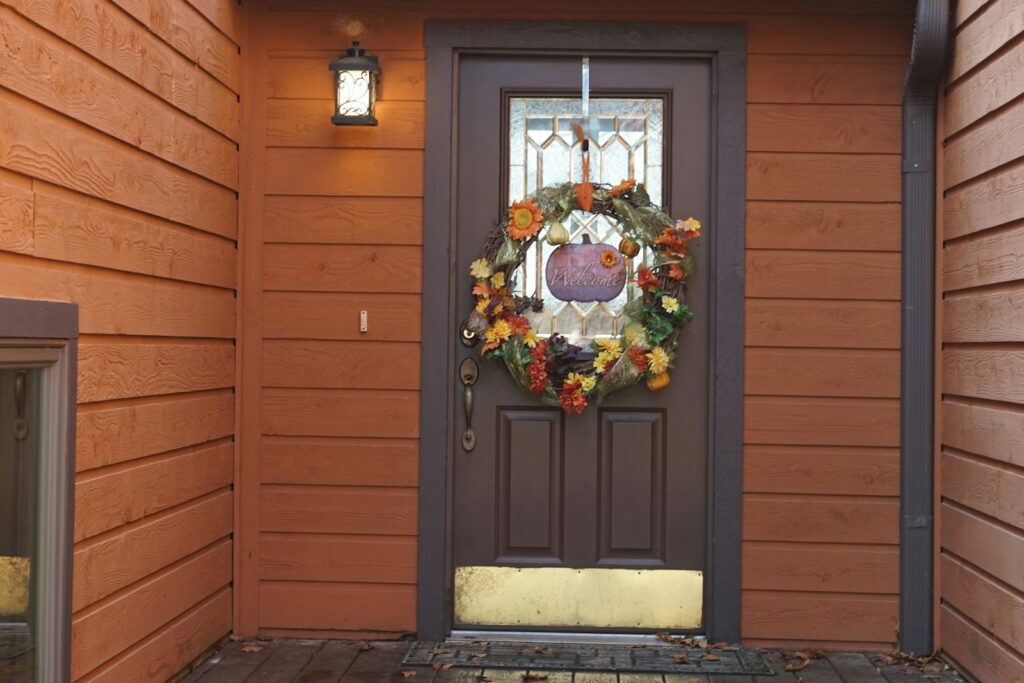
Holiday decorations may feel festive to the homeowner, but in listing photos, they can make the property feel dated or tied to a specific time of year. Buyers who view the listing months later may feel the home has been sitting on the market too long if they see outdated seasonal décor. Decorations can also distract from the property’s true features and limit its appeal to a wider audience. Neutral photos without seasonal touches ensure the home feels timeless and fresh. Keeping décor minimal and classic helps maintain focus on the space itself rather than temporary details.
14. Visible Damage or Neglect

Listing photos that reveal visible damage, such as cracked walls, stained carpets, or broken fixtures, can instantly discourage buyers. Even minor issues appear magnified in photos, leading potential buyers to assume larger problems may exist. While honesty is important, it is best to repair visible flaws before photographing the home. If repairs cannot be done immediately, angles that do not highlight damage should be chosen to prevent being distracted from the home’s stronger features. Clean, maintained spaces communicate pride of ownership and reassure buyers that the property has been well cared for over the years.
15. Too Few Photos
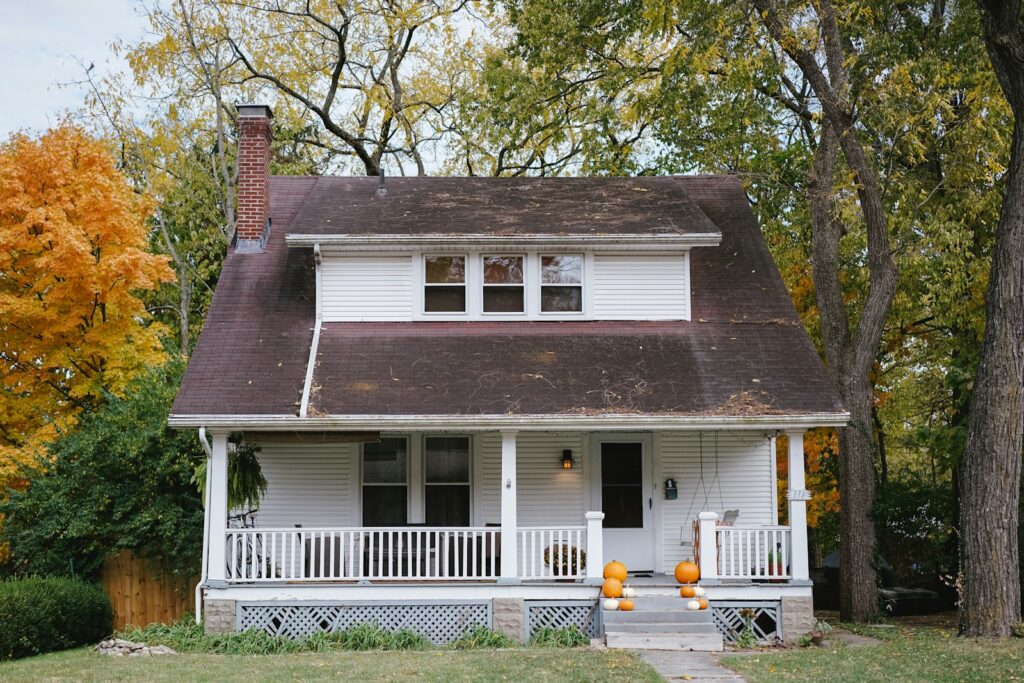
A listing with too few photos often raises red flags for buyers, who may assume the seller is hiding flaws or that the property lacks appeal. In today’s digital market, buyers expect to see multiple angles of every key room, as well as outdoor views. Without enough images, they may skip over the listing entirely. Providing a thorough set of photos helps build trust and keeps potential buyers engaged. Each photo should add value, showing important areas like kitchens, bathrooms, and bedrooms. A complete visual tour creates confidence and motivates buyers to schedule an in-person viewing.
16. Blurry or Low-Quality Images
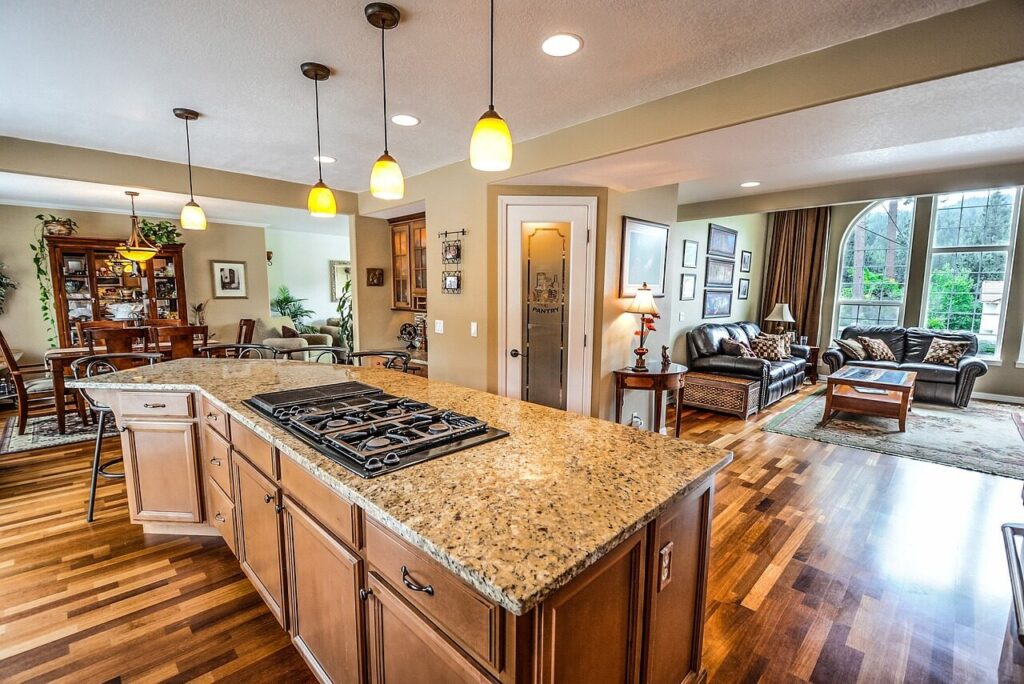
Blurry, pixelated, or low-quality images instantly make a listing look unprofessional and untrustworthy. Buyers often associate poor photo quality with a lack of effort, which can reflect negatively on the home itself. Clear, high-resolution images are essential to showcase details and give buyers a true sense of the property. Most smartphones today can capture sharp photos, but hiring a professional photographer ensures the best results. Investing in quality photography demonstrates care and commitment to selling, which helps buyers feel more confident about the property. Crisp, well-lit images always leave a stronger and more lasting impression.
17. Skipping Important Rooms
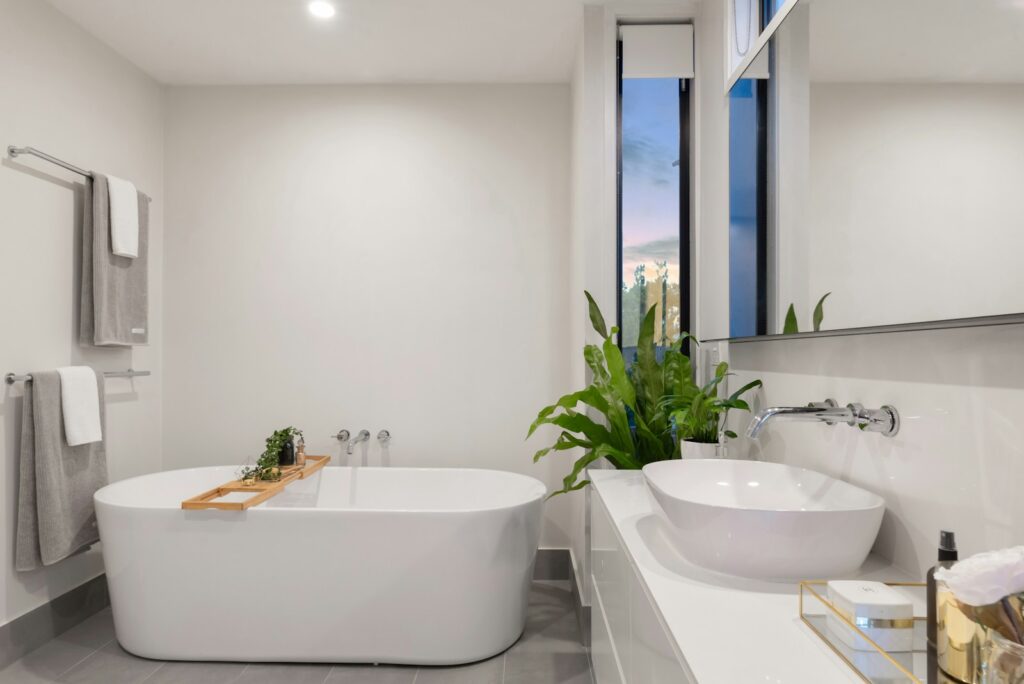
Leaving out key rooms like bathrooms, kitchens, or basements from listing photos makes buyers suspicious and hesitant to move forward. They may assume that these spaces are in poor condition, even if that is not the case. Every significant area of the home should be represented in the photo set to give buyers a complete understanding of what is being offered. Highlighting functional spaces builds trust and transparency, which are critical in today’s competitive market. Skipping photos creates unnecessary doubt, while including them makes the listing more thorough, appealing, and trustworthy from the very beginning.
18. Overcrowded Walls and Décor
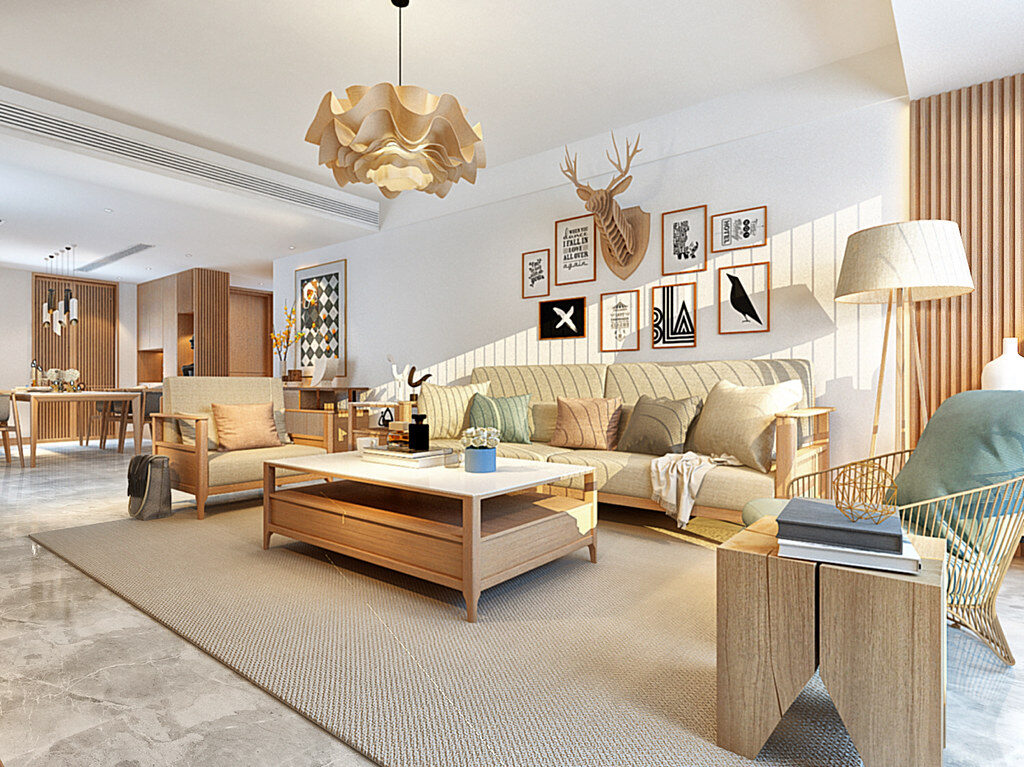
Rooms filled with too many decorations, art pieces, or bold wall colors can overwhelm buyers and make spaces feel smaller than they are. Busy walls distract from the room’s structure, natural light, and flow. While homeowners may love their personal style, buyers want a blank canvas that allows them to picture their own belongings. Neutral paint colors, simple wall art, and minimal décor create a more inviting look. Editing down visual clutter allows the architecture and layout of the home to shine. Clean, simple walls make it easier for buyers to connect emotionally with the property.
Comments